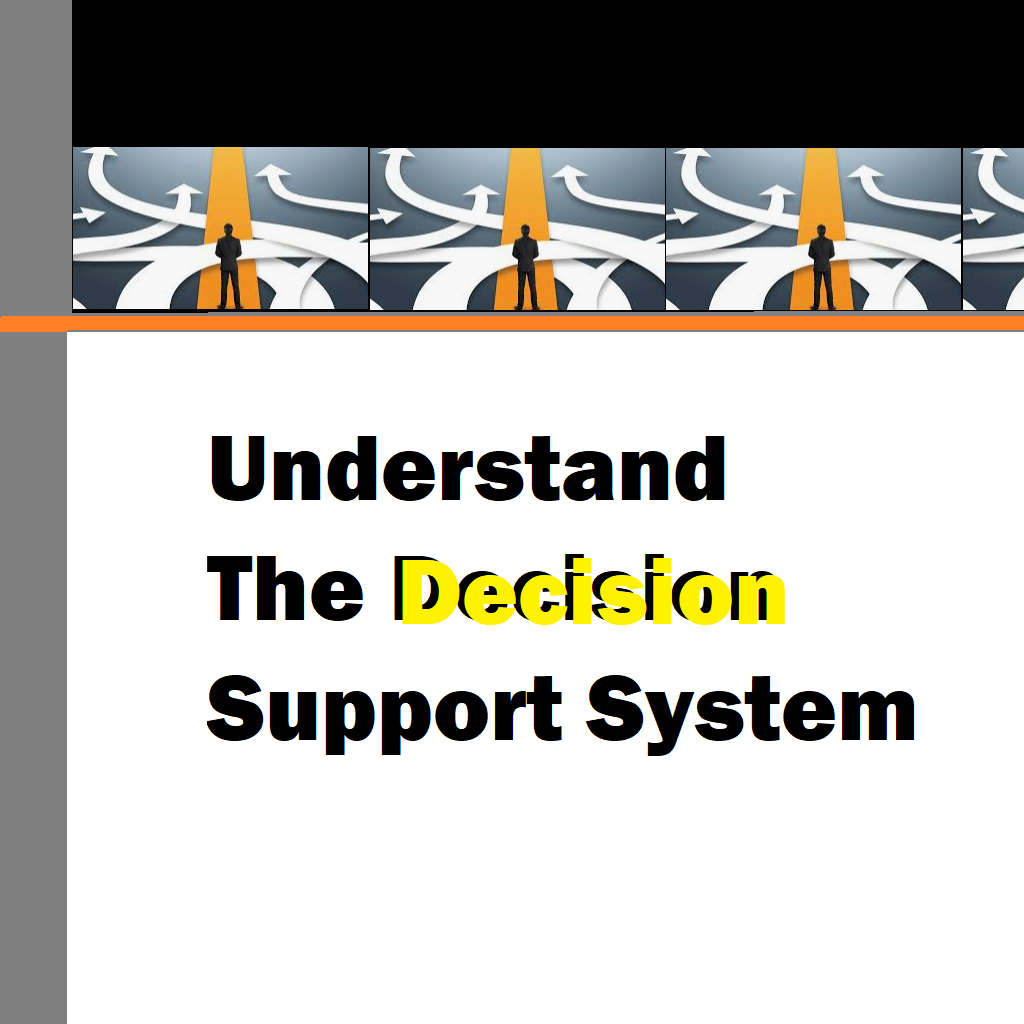A Crucial Agile Ceremony
Imagine a bustling team room where software developers, product owners, and stakeholders come together at the end of a sprint. The air is filled with anticipation and a sense of accomplishment. This vibrant scene is a Sprint Review in action, a critical ceremony in the Agile framework. It’s a moment where the hard work of the past sprint is showcased, feedback is eagerly anticipated, and the direction for future work is collaboratively decided. The Sprint Review is more than just a formality; it’s a dynamic, engaging process that can shape the success of a project.
In the realm of Agile methodologies, the Sprint Review holds a place of great importance. It’s a bridge between the development team and the stakeholders, ensuring that the project stays on track and meets the evolving needs of the business. During this event, the team presents the work completed during the sprint, discussing what went well, what challenges were encountered, and how these were addressed. This transparency fosters trust and promotes a culture of continuous improvement.
The purpose of the Sprint Review goes beyond merely demonstrating progress. It’s an opportunity to celebrate achievements, learn from setbacks, and refine the product backlog based on real-time feedback. This iterative process ensures that the product remains aligned with user needs and market demands. Moreover, the Sprint Review serves as a motivational booster, highlighting the team’s contributions and driving them towards the next sprint with renewed vigor.
In this article, we will delve deep into the essence of the Sprint Review, exploring its objectives, benefits, and best practices. Through practical examples and emotional insights, we aim to illuminate why this ceremony is a cornerstone of successful Agile projects. Let’s embark on this journey to understand how Sprint Reviews can transform the way teams build and deliver exceptional products.
The Essence of Sprint Review
A Sprint Review, held at the end of each sprint, is a time-boxed event designed to gather feedback and foster collaboration. Typically lasting between one to four hours depending on the sprint length, it is an interactive session where the development team presents the Increment—the sum of all completed work items.
Objectives of the Sprint Review
- Showcase Completed Work: The primary goal is to demonstrate the functionality completed during the sprint. This is not a PowerPoint presentation but a live demonstration of the actual product. This hands-on approach provides stakeholders with a tangible sense of progress and value delivery.
- Gather Feedback: The review allows stakeholders to provide feedback on the completed work. This feedback is invaluable as it helps the team understand the user’s perspective and refine the product backlog.
- Adapt Product Backlog: Based on the feedback received, the Product Owner updates the product backlog. This ensures that the team’s efforts remain aligned with the stakeholder’s priorities and the overall project vision.
- Foster Collaboration: By involving stakeholders, the Sprint Review fosters a collaborative environment. This inclusion helps in aligning the team’s work with business goals and user needs.
- Celebrate Achievements: Recognizing the team’s accomplishments boosts morale and motivation. It’s a moment to appreciate the hard work and dedication of the team members.

The Emotional Impact of Sprint Reviews
Sprint Reviews are more than just procedural events; they are emotional milestones for the team. They provide a platform for celebrating successes, learning from mistakes, and building a strong team spirit. Let’s consider a practical example:
Example: A Software Development Team
Imagine a software development team working on a new mobile app. The sprint ends, and it’s time for the Sprint Review. The team gathers in a conference room, along with key stakeholders including the Product Owner, a few end-users, and executives from the client company.
The atmosphere is charged with excitement as the team begins the live demonstration. They showcase the new features, such as a sleek user interface and improved navigation. The stakeholders are visibly impressed, nodding in approval. One end-user enthusiastically shares how the new features have enhanced their experience, providing practical insights into how the app is used in real-world scenarios.
As feedback is gathered, the Product Owner takes notes, discussing potential adjustments and new ideas with the team. The team members feel a sense of pride and accomplishment, their efforts validated by the positive feedback. However, not all feedback is positive. One stakeholder points out a bug that needs immediate attention. Instead of dampening the mood, this critique is taken constructively, highlighting the team’s commitment to continuous improvement.
By the end of the review, the product backlog is updated with new tasks and adjustments. The team leaves the room with a clear understanding of the next steps, feeling motivated and valued. This emotional boost propels them into the next sprint with renewed energy and focus.
Best Practices for Effective Sprint Reviews
- Preparation: Adequate preparation is crucial. The team should ensure that the demo environment is ready, and all completed work items are functioning correctly. This avoids technical glitches that can derail the review.
- Engage Stakeholders: Encourage active participation from stakeholders. Their feedback is vital for refining the product and ensuring it meets user needs.
- Focus on Value: Highlight the value delivered during the sprint. Discuss how the new features or improvements will benefit the end-users and the business.
- Be Transparent: Share both successes and challenges faced during the sprint. Transparency builds trust and fosters a culture of continuous improvement.
- Actionable Feedback: Ensure that the feedback received is actionable. The Product Owner should update the product backlog with clear and prioritized tasks based on the feedback.
The Transformative Power of Sprint Reviews
Sprint Reviews have the power to transform the way teams work and deliver value. They create a feedback loop that ensures the product evolves in alignment with user needs and market trends. This iterative approach reduces the risk of building a product that doesn’t meet the user’s expectations.
Example: A Marketing Team
Consider a marketing team working on a new campaign. They adopt an Agile approach, organizing their work into sprints. At the end of each sprint, they hold a Sprint Review to present the completed work to the stakeholders, including the client, sales team, and customer service representatives.
During the review, they showcase new promotional materials, social media posts, and email campaigns. The stakeholders provide feedback, sharing insights from the customer interactions and market trends. This feedback helps the team to tweak their strategy, ensuring that the campaign resonates with the target audience.
The Sprint Review also highlights the team’s achievements, boosting morale and fostering a sense of ownership. The marketing team feels more connected to the overall business goals and motivated to deliver impactful campaigns.

Conclusion
The Sprint Review is a cornerstone of Agile methodologies, playing a critical role in ensuring project success. By showcasing completed work, gathering feedback, and fostering collaboration, it ensures that the product remains aligned with user needs and business goals. The emotional impact of these reviews cannot be underestimated; they boost team morale, foster a culture of continuous improvement, and drive motivation.
Incorporating best practices such as preparation, stakeholder engagement, and transparency can enhance the effectiveness of Sprint Reviews. These ceremonies create a feedback loop that allows teams to adapt and refine their work, ultimately delivering higher value to the end-users.

In essence, the Sprint Review is more than just a meeting; it’s a dynamic, engaging process that can transform the way teams build and deliver products. By embracing the purpose and power of Sprint Reviews, teams can achieve greater success, driving their projects towards a successful and fulfilling outcome.
Best for you





I appreciate, cause I found exactly what I was looking for. You’ve ended my four day long hunt! God Bless you man. Have a nice day. Bye
Thank you for stopping by! I appreciate your kind words. Keep in touch with us on social media –
Website: https://www.learnxyz.in
Facebook: https://www.facebook.com/groups/530719219330002
YouTube: https://www.youtube.com/@LearnXYZ-In
Page: https://www.facebook.com/people/Learnxyzin/61572213195329/
Twitter/X: https://x.com/LearnxyzIn
We are glad that we have been of value to you. We use affiliates on our webpages, if you prefer, please consider purchasing from the in-page links and advertisements. This will help us support the team and this website. Thanks! Good Day & Visit Again!